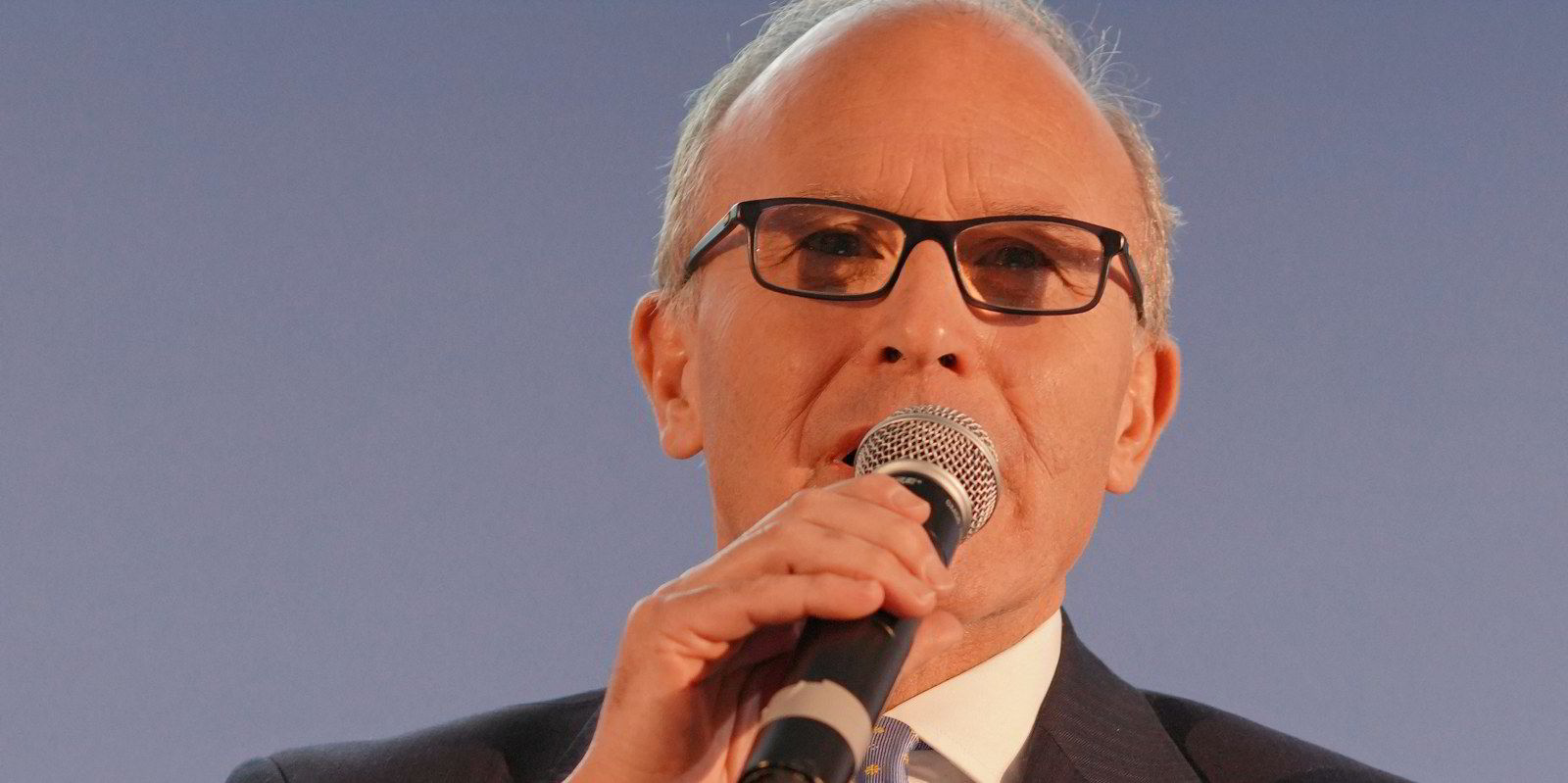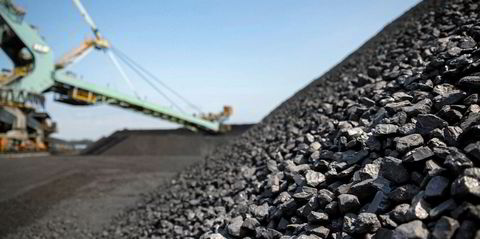The best thing investors can do this year is put their money in dry bulk stocks, according to Clarksons Securities’ head of research.
And while waiting for an upturn in dry cargo markets, investors can simply sit back and enjoy the consistent dividend yields from most public bulker owners, Turner Holm told the Marine Money conference in London on Thursday.
“No trade is guaranteed, but optionality is what makes this the best trade of 2023,” he said.
Ultra-low net vessel supply is key to his argument. The investment bank expects 2% net growth in the global bulker fleet this year and the same in 2024. Meanwhile, the orderbook is currently at 7% of the live fleet, the lowest level since 1991.
The inevitable rebound in the Chinese economy following the Lunar New Year and relaxation of Covid lockdowns will be a game-changer for dry bulk this year.
Clarksons expects consumer spending to come back full throttle, which will stimulate industrial activity in China and demand for imports of dry bulk commodities.
“This is the economic cycle that matters,” Holm said. “The Chinese dragon is about to be unleashed.”
Strong iron ore prices — currently around $120 per tonne — and rising steel prices and margins are also bullish for bulker demand, in Clarksons’ view.
It thinks iron ore prices will stay flat this year, but Holm said there could still be upside following the reopening of China.
“If [miners] can get it out of the ground, they will sell it,” he said.
There will be a “positive” story for coal demand too this year, especially as China has relaxed its emissions targets for this 2023, he added.

Clarksons is “excited” about the outlook for the grain trade in 2023. More exports are expected from North and South America to make up for lost Ukrainian and Russian volumes, which will mean longer tonne-miles for bulkers hauling grain cargoes to major markets.
“Everything is still moving in dry bulk’s favour,” Holm summarised.
In the meantime, shares in bulker owners still look cheap and are pricing slightly below net asset value, according to the Clarksons research.
Bulker companies have a big potential upside in NAV if the spot market recovers and asset values increase to parity with newbuilding prices, Holm said.
In such a scenario, Clarksons Securities estimates Diana Shipping has a potential 113% upside in 1 x NAV next year from the current level.
Eagle Bulk Shipping had the smallest potential increase in NAV in the research Holm presented, but even there the upside could be as much as 30%.
Bulker asset values are currently pricing based on cash flows of around $15,000 per day, half of the historic average and well below replacement cost, Holm observed.
In the meantime, public bulker companies are set to continue delivering sizeable dividend yields, according to Clarksons’ estimates.
Oslo-listed 2020 Bulkers will be at the top of the tree this year; Clarksons expects the newcastlemax owner to yield 12% in 2023 and 18% next year.
Genco Shipping & Trading could top this in 2024 with a potential 19% yield.
Owners’ balance sheets are still in good shape and low loan-to-value ratios mean risk is limited when compared with previous cycles, Holm noted.





